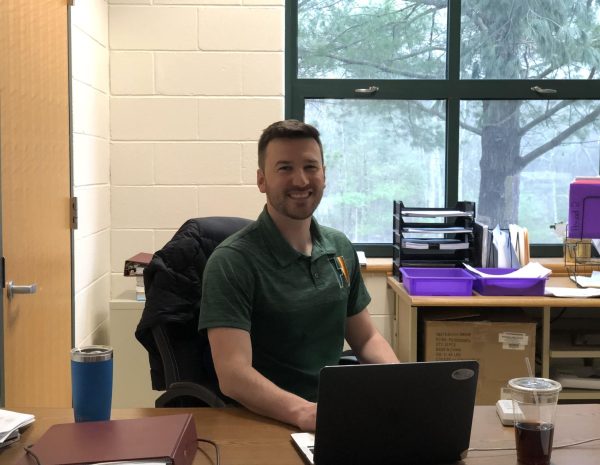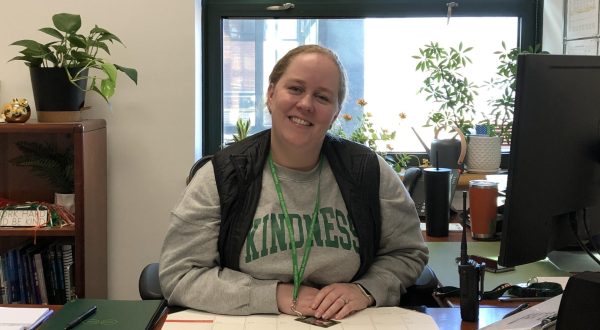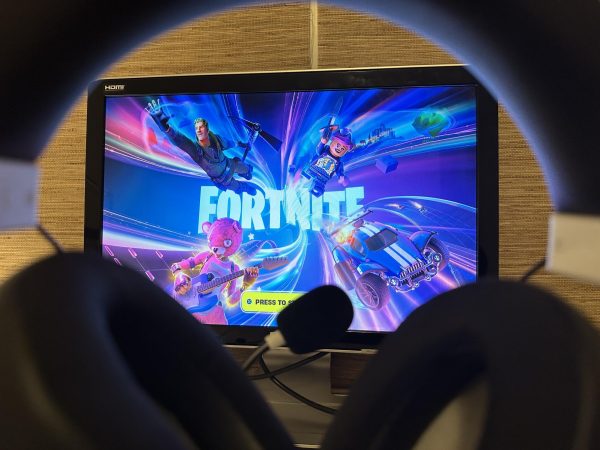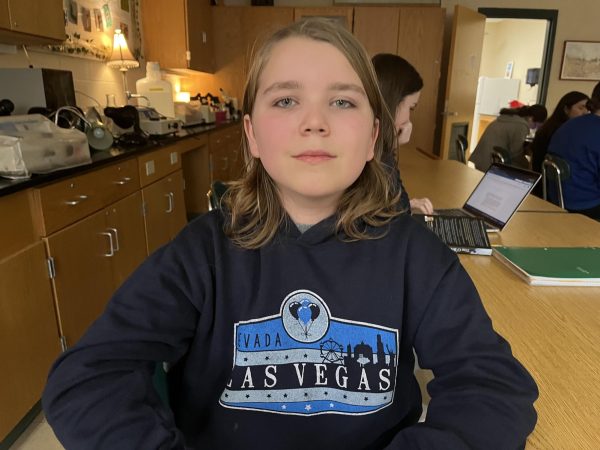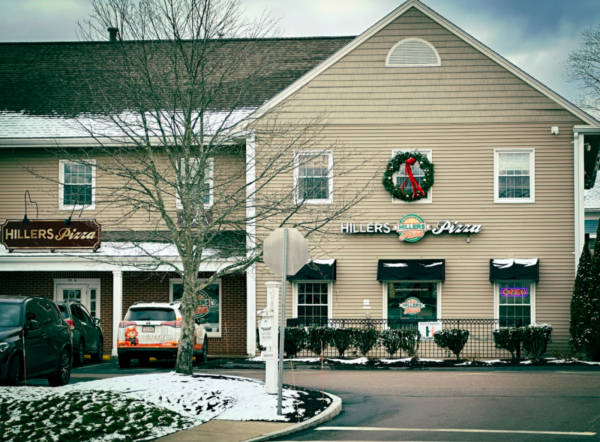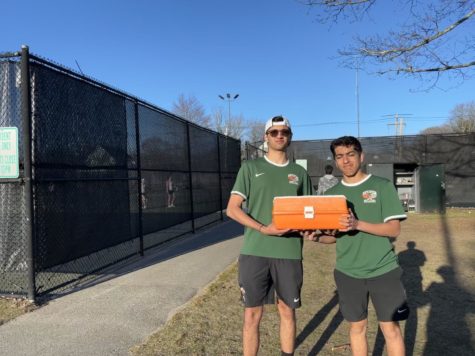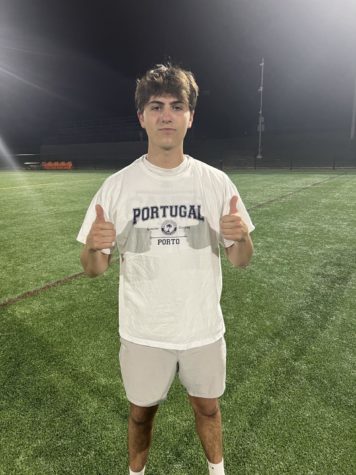Viability of artificial turf for football field discussed
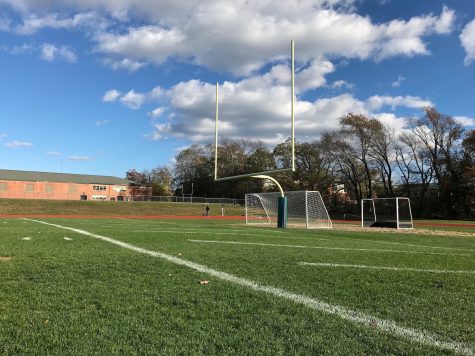
The Hopkinton Hillers football team played against Norton High School amid heavy downpours and chilly temperatures on September 30. Fans anxiously packed the stands to watch their first home game of the season, even though it was the third game this year for the football team.
The last two home games took place at neighboring Medway—despite public outcries from students and parents— due to unfit field conditions. The drought and a dysfunctional irrigation system led officials to neglect the football field during the hot summer months which caused this year’s delay.
“The irrigation system was out for weeks” said Ashoke Ghosh, Hopkinton’s director of technology. “Multiple pump failures, multiple times over multiple weeks.”
In addition to harsh weather conditions, a staff shortage was also to blame for terrible field conditions. Gosh said that across six buildings and 100 acres there are only six people in available to help.
These reasons didn’t seem to cut it for students though. When asked how they felt about the first two games happening at Medway, they voiced outrage at the school administration.
Sam Cestari, a member of the hillers grillers —a school funded pregame tailgate club that cooks food for fans before home games—suggested an increase in funding in field maintenance.
“The school has enough money for 30 security cameras yet they can’t maintain one football field,” he said.
Other students didn’t think twice to agree. Maggie Dolan recalled that once a player from Westwood compared the main football field to “cat litter.” Maggie Dolan also pointed out that Hopkinton is one of the few schools in the tri valley league that doesn’t have a turf field, an artificial playing surface. She isn’t the first one to suggest turfing the fields though. In fact, it’s been discussed a lot in the town for years, but only now are administrators starting to take action.
“A committee has been formed to investigate the possibilities,” said Principal Evan Bishop, noting there are three viable options.
The first would be to simply turf the existing football field, however, this would only benefit the football and field hockey programs. The soccer and lacrosse teams would be forced to play on another field due to the football field failing to be regulation size for soccer and lacrosse. In Bishop’s opinion this is the least viable option.
“We want to make this about everyone” he said.
The second option would be to expand field three, and make it comply with all field regulations. The downside to this is the cost. The wall next to the visitors bleachers would have to be expanded, and the new track installed two years ago would have to be rebuilt. This would be a very expensive project.
The third option—the most viable one, in Bishop’s opinion— is to turf fields 3,4, and 5, and possibly 13.
Fields 4 and 5 are the fields below the football field. They are used for JV soccer and baseball. Bishop says that turfing the fields below the football field—in addition to the football field— would allow the school to generate revenue and give all outdoor sports the opportunity to use turf fields.
“We’ve had some youth soccer people come in from a club soccer team and they said that we could probably get 6 mini fields that we could rent out” Bishop said.
Athletic Director Deirdre King also noted that turf fields would allow spring sports teams to practice outside earlier. They wouldn’t have to wait for the field to dry out from the melting snow.
“We want the teams out there as soon as possible and without turf we have a disadvantage” she said.
Varsity Soccer Coach Garrett Sawyer, whose team currently practices at Fruit Street, said that he is “on board with improvement whether it be turf or grass.”
Officials have moved forward with the idea of turfing the fields and have two estimates from different field contractors. However, one big question remains: Where will the funding come from?
According to Bishop, he would prefer to fund the project with school funds. However, a town meeting has been set to take place in February to discuss funding from the town with taxpayers’ money. The school district’s 2016 budget is an estimated $40 million, according to the superintendent’s booklet. This could be a hard sell to voters.
Town Selectman Todd Cestari said that he would personally vote against the turf field project at the special town meeting in February as it would be “fiscally irresponsible” and said that the town “isn’t in a position to fund any more projects” due to the construction of the new elementary school as well as a need for a new fire house. He also added that new findings about the negative health effects of turf fields furthers his argument.
With a possible vote against the project in February Bishop said that “Some towns have funded their fields with private funds.”
One possible private donor, local real estate mogul Paul Mastroianni, said that he would consider donating but noted that he believes the tax payers will be willing to pick up the tab without the need for private funds because “the schools make the town.”
Mastroianni is in favor of turf fields saying “the scholastics don’t match the athletics.”
Despite the uncertainty surrounding the source of funding, one thing is clear: turfing won’t happen for seniors to see this year. In a perfect world, according to King, construction wouldn’t start until spring 2017.


